Reflections can be used to tell a story or add a sense of symmetry. They work amazingly in genres like landscape photography or street photography. But they’re not always welcome. In food photography, for instance, reflections are often distracting. Professional food photographer Joanie Simon shares her tips on how to deal with reflections on silverware:
Types of Reflections
Direct reflection occurs off of a surface that is highly reflective (shiny). In the case of food photography, the utensils and silverware are good examples of objects that produce direct reflection. What distinguishes direct reflection from other types is the intensity of the reflection. In this photo of a spatula, the reflection is almost as bright as the source due to direct reflection.
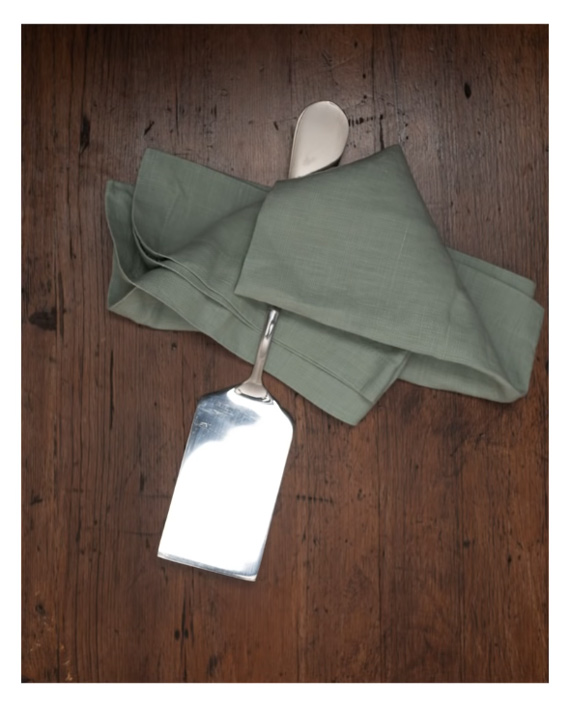
Diffused reflection occurs when light strikes non-shiny objects. The reflecting light rays are scattered randomly and hence the reflection is not too bright. Consider the napkin in the above image. It’s an example of diffused reflection.
Managing Reflections
By now, you must have guessed that it’s the direct reflections that you need to worry about. To manage reflections, Simon discusses the concept of “Family of Angles.” According to this concept, you only get a direct reflection when your camera is within a certain range of angles. Beyond that, the direct reflections won’t bother you.
To avoid direct reflections, you simply need to place your camera outside of the reflected path of the light.
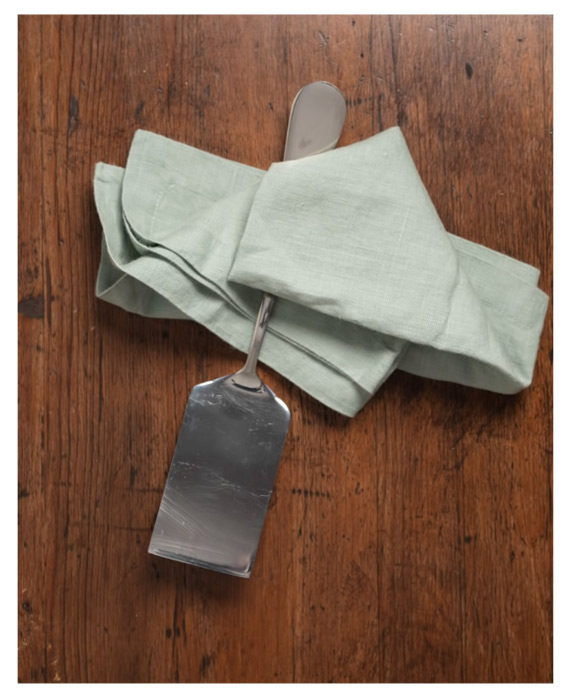
“I’m generally not crafting the light specific to the forks and the knives and the flatware. I’m creating the light so that it’s most flattering for the food and that the flatware is supplemental to the image.”
The aim is to enhance your main subject (food) while making sure that the utensils don’t cause a distraction. It’s not always possible for you to move the camera around and sacrifice composition. A trick is to simply move the flatware so it doesn’t catch any direct light. Tilt or reposition the cutlery until you see that the distraction is eliminated. Simon’s trick when repositioning items is to use a little bit of museum putty.
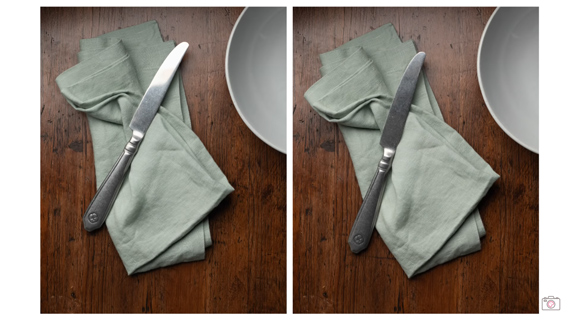
If you cannot change the position of the flatware, you can use a gobo. They can help in blocking the light falling within the family of angles thereby getting rid of the distraction.
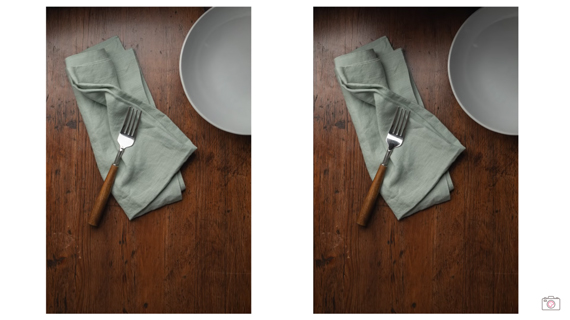
And then there are spoons. A highly polished curved surface can really cause issues with reflections. Because of the curvature that they have, they form reflections of almost the entire space around them.
Simon uses two strategies to minimize reflections when photographing a scene with spoons.
- Use a very large light source that creates a diffused, soft light. This fills in as much of the family of angles present in the spoon with soft and diffused light thereby softening the highlights. You can achieve this by adding a big diffuser in front of your flash.
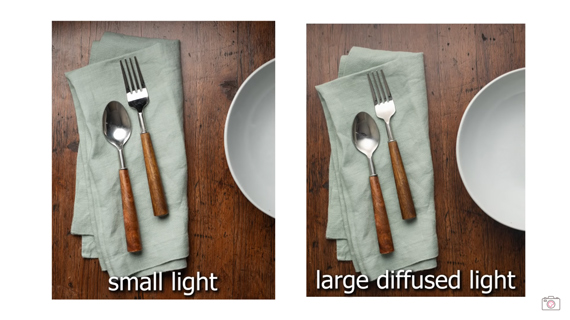
- Get yourself a set of cutlery that’s less shiny. People may call it cheating but it surely gets the job done. Alternatively, you can use a “matte spray” or a “dulling spray” over the surface of shiny spoons. This diffuses the light and avoids harsh reflections.
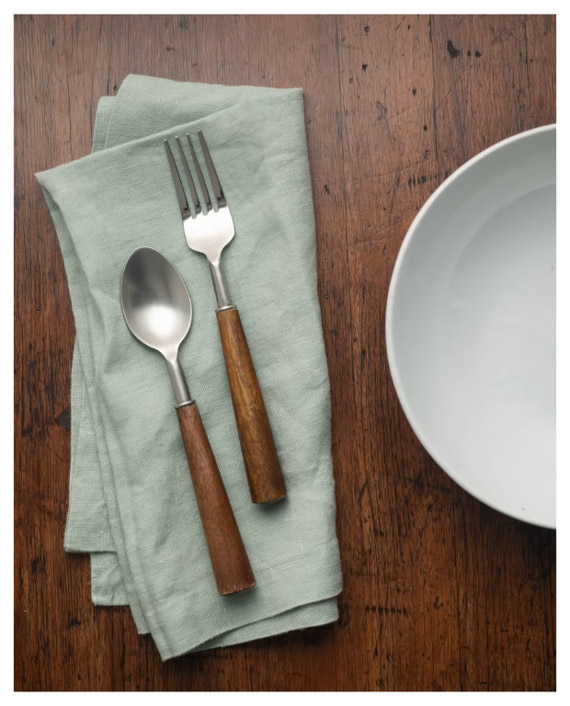
With these handy tips, you certainly won’t have to worry about getting reflections during your food photography sessions.
Go to full article: How to Fix Reflections in Food Photography
What are your thoughts on this article? Join the discussion on Facebook
PictureCorrect subscribers can also learn more today with our #1 bestseller: The Photography Tutorial eBook
The post How to Fix Reflections in Food Photography appeared first on PictureCorrect.
from PictureCorrect http://bit.ly/2HXgWEL
via IFTTT






0 kommenttia:
Lähetä kommentti